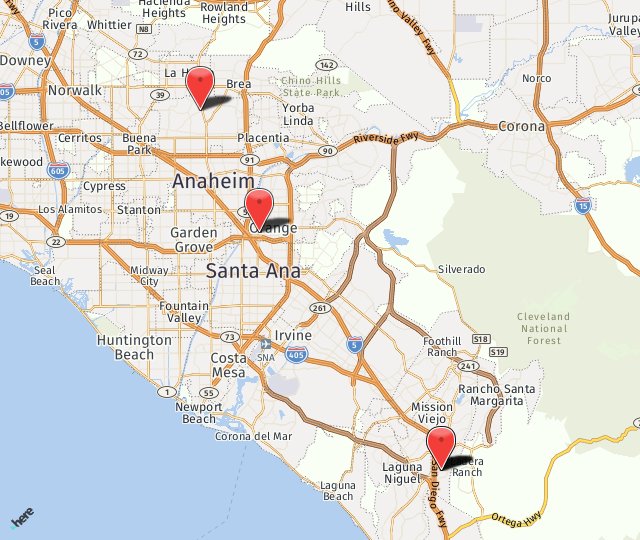A thoracotomy is an incision into the pleural space, the space between the membranes surrounding the lungs and chest cavity. It is performed to correct a problem within one of the lungs. A thoracotomy allows the surgeon to see the affected area, and to determine exactly how extensive a repair or tissue removal needs to be. If the thoracotomy is performed to treat lung cancer, nearby lymph nodes may also be removed to determine if the malignancy has spread. A thoracotomy may be performed laparoscopically or as open surgery, depending on the extent of the problem and the condition of the patient.
Reasons for a Thoracotomy
A thoracotomy, which requires general anesthesia, may be performed for a variety of reasons, including:
- Removal of a lobe of the lung (lobectomy)
- Removal of an entire lung (pneumonectomy)
- Treatment of a collapsed lung (pneumothorax)
- Removal of tissue damaged by infection or disease
- Treatment of the buildup of fluid in the lungs (pleural effusion)
- Tissue biopsy
- Treatment of a pulmonary embolism
- Lung transplant
What People Say About Us!
"My wife and I were incredibly impressed with Dr Saffarzadeh who was my thoracic surgeon giving us a second chance on a long life. His bedside manner was truly unique as he called frequently to check on me following surgery and on weekends as well. Would highly recommend him to anyone needing surgery under his specialty. Five+ stars!!!!"
Click here to read more reviews.
Risks of a Thoracotomy
A thoracotomy, whether done laparoscopically or as an open procedure, is serious surgery. It involves the same risks as other major surgery, including:
- Excessive bleeding
- Blood clots
- Adverse reactions to anesthesia or medications
- Post-surgical infection
- Damage to adjacent organs
- Breathing problems
- Hernia at the incision site
Risks of a thoracotomy in particular may include:
- Pneumonia
- Leakage of air through the lung wall
- Worsening of any preexisting heart problems
- Buildup of fluid in the chest cavity
Recovery from a Thoracotomy
The thoracotomy procedure takes between 2 and 6 hours. After the procedure, the patient will remain in the hospital for 5 to 7 days. Recovery time varies from several weeks to a few months, depending on the overall condition of the patient and on the method of the surgery performed. After a thoracotomy, the patient will temporarily have a drainage tube implanted to remove waste fluids from the chest. To prevent blood clots in the legs, the patient will wear special stockings and receive injections of blood-thinning medication. The patient will also receive intravenous medication to control pain. It will be essential for the patient to learn and practice deep-breathing exercises after a thoracotomy to inflate the lungs and prevent pneumonia or other infection.

